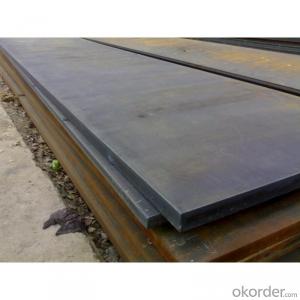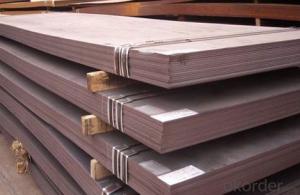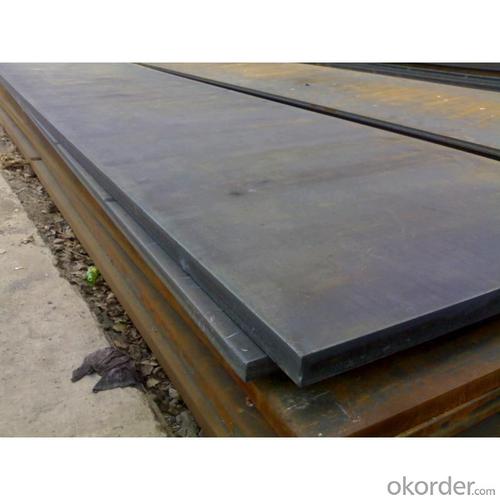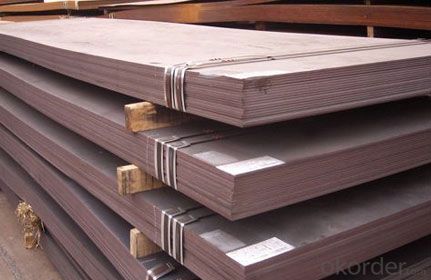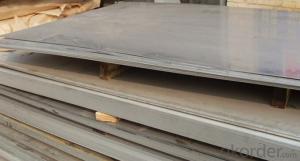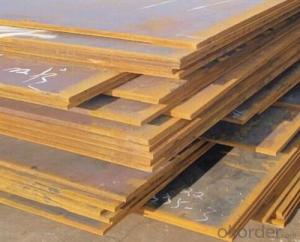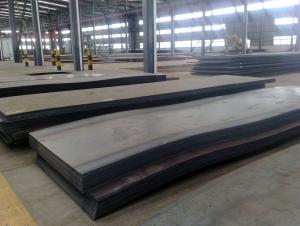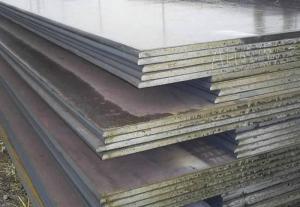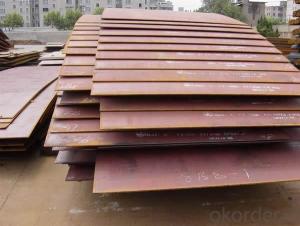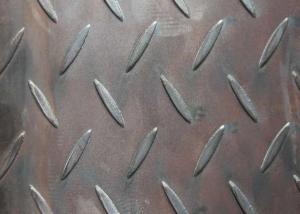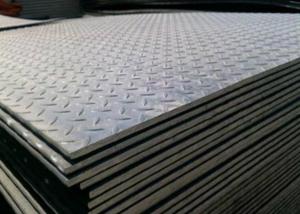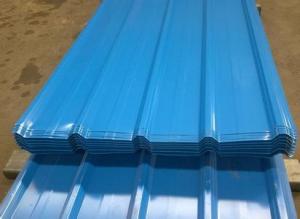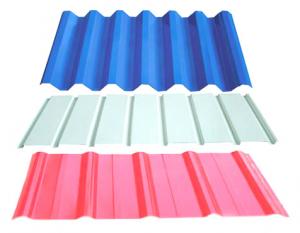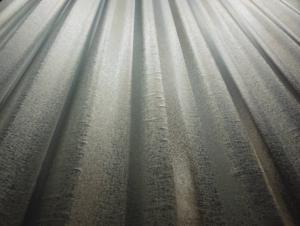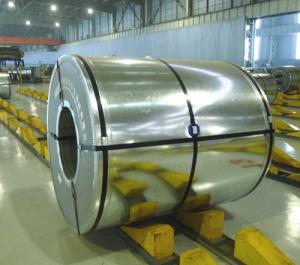Hot Rolled Steel Plate for Shipbuilding Pipeling Good Quality
- Loading Port:
- China main port
- Payment Terms:
- TT OR LC
- Min Order Qty:
- 1000 m.t.
- Supply Capability:
- 10000 m.t./month
OKorder Service Pledge
Quality Product, Order Online Tracking, Timely Delivery
OKorder Financial Service
Credit Rating, Credit Services, Credit Purchasing
You Might Also Like
Structure of Hot Rolled Steel Plate Description
JIS G3131 SPHC\ASTM A569 for shipbuilding and pipeline
Main Features of the Hot Rolled Steel Plate
Hot rolled with good quality
Images Hot Rolled Steel Plate

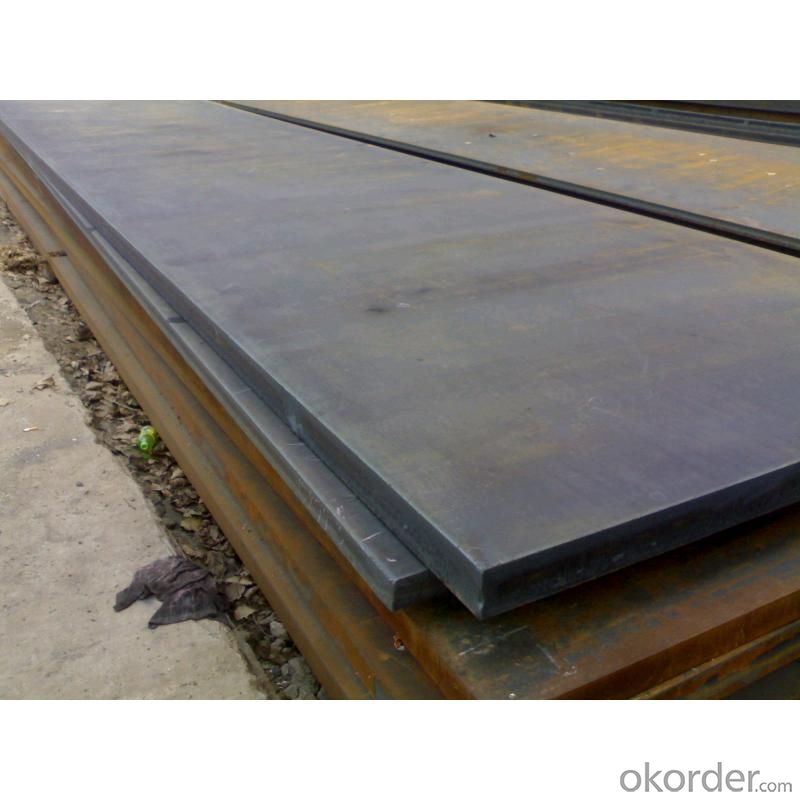
Specification Hot Rolled Steel Plate
Standard: JIS G3131 SPHC\ASTM A569
Thickness: 0.17mm-1.0mm
Place of Origin: Shandong China (Mainland)
Type: Steel sheet
Application:Building
Width:600-1250mm
Length: as your respect
FAQ of Hot Rolled Steel Plate
Quality Insurance
- Q: Can steel sheets be used for signage or displays?
- Yes, steel sheets can be used for signage or displays. They are durable, versatile, and can be easily shaped and customized to create various signage or display options. Additionally, steel sheets can withstand harsh weather conditions, making them suitable for both indoor and outdoor use.
- Q: Can steel sheets be formed into curved shapes?
- Indeed, curved shapes can be achieved with steel sheets by means of a technique referred to as cold forming or bending. Without the need for heating, cold forming entails exerting pressure upon the steel sheet to reshape it. Roll forming, press braking, and stamping are among the different methods employed to accomplish this process. The malleability of steel enables it to be effortlessly molded into curves, thereby rendering it a versatile substance suitable for a wide range of applications in sectors like construction, automotive, and aerospace.
- Q: What is the difference between a galvanized and aluminized steel sheet?
- Galvanized steel and aluminized steel sheets are both widely used in various industries due to their durability and corrosion-resistant properties. However, there are distinct differences between the two. Galvanized steel sheets are coated with a layer of zinc to protect the underlying steel from rust and corrosion. This process, known as galvanization, involves immersing the steel sheet in a bath of molten zinc or applying a zinc-rich coating through electroplating. The zinc layer acts as a sacrificial barrier, meaning that it will corrode before the steel does, providing excellent protection against rust. Galvanized steel is commonly used in outdoor applications, such as roofing, fences, and automobile parts. On the other hand, aluminized steel sheets are coated with a layer of aluminum-silicon alloy. This process, known as aluminization, involves hot-dipping the steel sheet in a bath of molten aluminum or applying a thin layer of aluminum-silicon alloy through a continuous hot-dip process. The aluminum-silicon coating offers excellent heat resistance and corrosion resistance. Aluminized steel is commonly used in applications where high temperatures are present, such as automotive exhaust systems, heat exchangers, and ovens. In summary, the main difference between galvanized and aluminized steel sheets lies in the type of coating applied to the steel. Galvanized steel is coated with zinc, providing excellent rust protection, while aluminized steel is coated with an aluminum-silicon alloy, providing superior heat and corrosion resistance. The choice between the two depends on the specific requirements of the application, such as the presence of high temperatures or the need for long-lasting rust protection.
- Q: What is the shelf life of steel sheets?
- The shelf life of steel sheets is typically considered to be indefinite. Unlike perishable goods, steel sheets do not have an expiration date or a limited lifespan. Properly stored and maintained steel sheets can remain in good condition for many years, if not decades, without any significant degradation. However, exposure to certain environmental factors such as moisture, extreme temperatures, and corrosive substances can affect the quality and durability of steel sheets over time. Therefore, it is recommended to store steel sheets in a dry and controlled environment to ensure their longevity and prevent any potential damage or deterioration.
- Q: Are steel sheets suitable for soundproofing applications?
- Yes, steel sheets can be suitable for soundproofing applications. Steel has good sound blocking properties due to its density and ability to reflect sound waves. However, for more effective soundproofing, steel sheets should be combined with other materials or used in a multi-layered construction to create a barrier against sound transmission.
- Q: How is the quality of steel sheets determined?
- The quality of steel sheets is determined by various factors such as the composition of the steel, its mechanical properties, surface finish, and dimensional accuracy. It undergoes rigorous testing for strength, ductility, hardness, and resistance to corrosion. Additionally, the manufacturing process, including the selection of raw materials and adherence to industry standards, plays a significant role in determining the quality of steel sheets.
- Q: Are steel sheets suitable for electrical applications?
- Yes, steel sheets are suitable for electrical applications. They have excellent electrical conductivity and are often used in electrical transformers, motors, and generators. Additionally, steel sheets provide high magnetic permeability, making them ideal for applications that require electromagnetic shielding or magnetic circuit cores.
- Q: What is the difference between a galvanized and painted steel sheet?
- A galvanized steel sheet is coated with a layer of zinc, which provides protection against corrosion. On the other hand, a painted steel sheet is coated with a layer of paint, which provides aesthetic appeal and protection against weathering.
- Q: What is the coefficient of friction of steel sheets?
- The coefficient of friction of steel sheets can vary depending on various factors such as the type of steel, surface finish, and the materials it is in contact with. However, in general, the coefficient of friction for steel sheets is typically around 0.6 to 0.8.
- Q: Are steel sheets suitable for architectural cladding?
- Architectural cladding can indeed utilize steel sheets. Steel possesses durability and versatility, offering an array of advantages for cladding applications. Its strength and rigidity enable it to withstand harsh weather conditions, including strong winds, heavy rain, and snow. This durability ensures that the cladding will endure for many years without requiring frequent maintenance or replacement. Additionally, steel sheets provide a sleek and modern aesthetic to buildings. They can be finished in various ways, such as painting, powder coating, or applying a metallic finish, allowing for limitless design possibilities. Steel cladding can achieve a contemporary or industrial look, making it a favored choice for both commercial and residential structures. Steel sheets are also highly resistant to fire, pests, and rot, making them a safe and long-lasting option for cladding. Furthermore, they are relatively lightweight, which can reduce construction costs and simplify installation. Furthermore, steel is an environmentally friendly material. It is recyclable, making it a sustainable choice for cladding. Steel cladding can also enhance energy efficiency by providing better insulation and reducing heat transfer, resulting in reduced energy consumption for heating and cooling. In conclusion, steel sheets are a suitable choice for architectural cladding due to their durability, aesthetic appeal, safety features, sustainability, and energy efficiency benefits.
Send your message to us
Hot Rolled Steel Plate for Shipbuilding Pipeling Good Quality
- Loading Port:
- China main port
- Payment Terms:
- TT OR LC
- Min Order Qty:
- 1000 m.t.
- Supply Capability:
- 10000 m.t./month
OKorder Service Pledge
Quality Product, Order Online Tracking, Timely Delivery
OKorder Financial Service
Credit Rating, Credit Services, Credit Purchasing
Similar products
Hot products
Hot Searches
Related keywords
